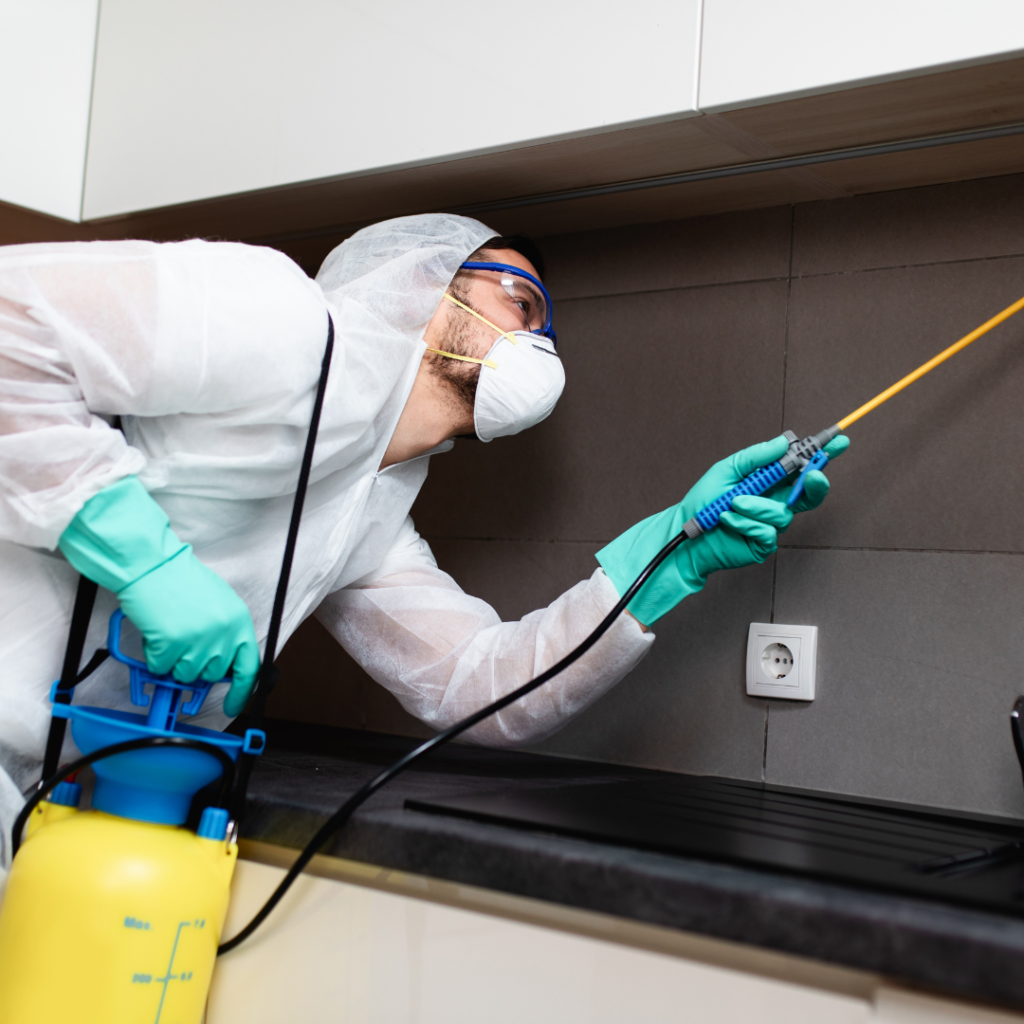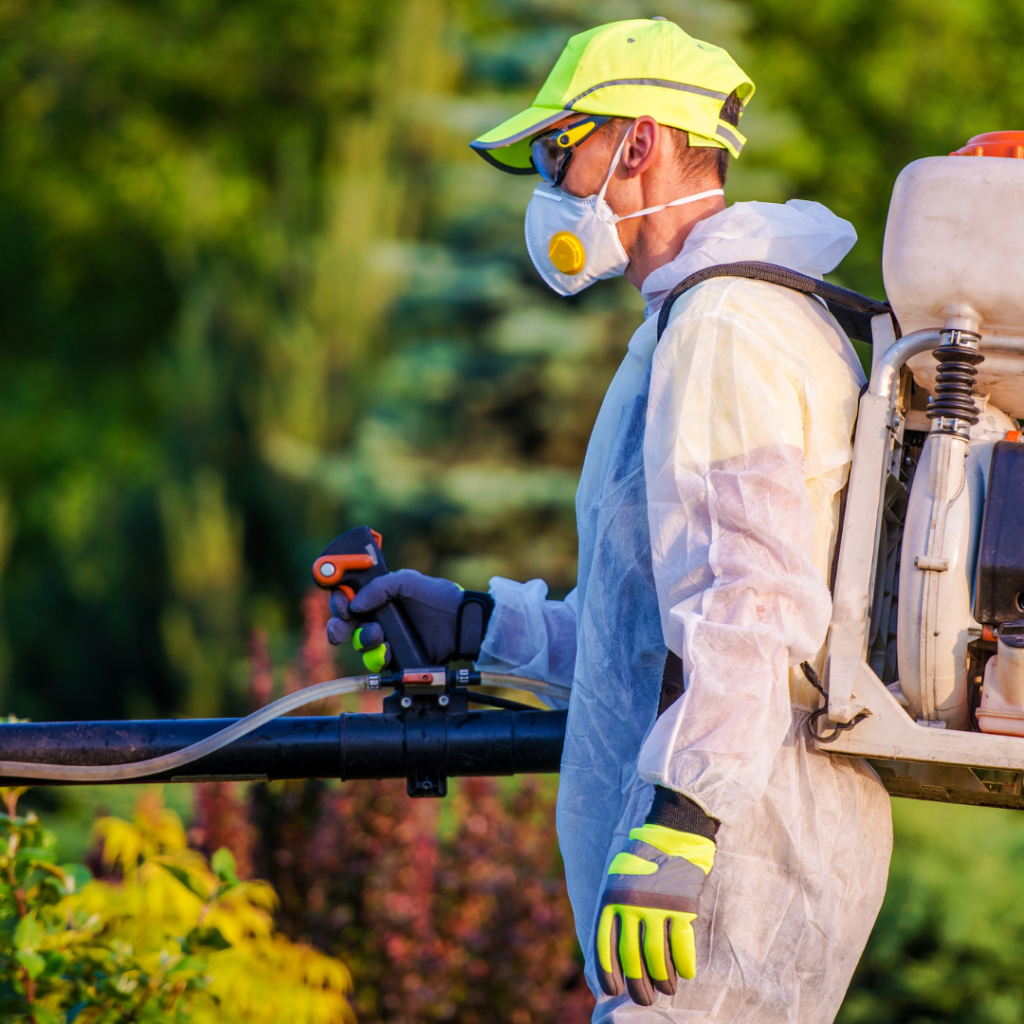
Pest control is the regulation or management of a species defined as a pest, a member of the animal kingdom that impacts adversely on human activities. The most common methods for Matamata Pest control involve the use of chemicals, which can create significant environmental risks and health concerns. This article will discuss some of the common chemicals used in pest control and their potential environmental impacts.
Common Pesticides Used in Pest Control
The most common pesticide used for pest control is pyrethrin, or the synthetic version of it, pyrethroids. These insecticides are derived from naturally occurring compounds found in chrysanthemum flowers and work by attacking the nervous system of insect pests. Pyrethrins are highly toxic to aquatic organisms and can contaminate the environment when used in large quantities.
Another common insecticide is organophosphate, which is derived from naturally occurring compounds found in certain plants. Organophosphates attack the nervous system of insects by inhibiting acetylcholinesterase enzymes. They are also highly toxic to aquatic organisms and birds, as well as have the potential for bioaccumulation in the environment.
Organochlorines are another commonly used insecticide and have been linked with a number of health problems. They act by disrupting the nerve impulses of insects and can have both short-term and long-term effects on human health. These insecticides have been banned in many countries due to their high levels of toxicity and potential for bioaccumulation.
Finally, chlorpyrifos is a pesticide derived from the organophosphate family. It has been linked with a variety of health risks, including neurological damage in fetuses and infants exposed to it during pregnancy. Chlorpyrifos is also highly toxic to aquatic organisms and has the potential for bioaccumulation in the environment.
Environmental Impact of Common Pesticides
Pesticide use can have a significant negative impact on the environment, including water pollution, air pollution, and soil contamination. Water pollution from pesticide runoff can cause the death of aquatic organisms, while air pollution can damage plants and wildlife. Soil contamination can also reduce crop yields and contaminate food sources. In addition, some studies have linked pesticide use to health problems in humans, including cancer and neurological disorders.
Pesticides are designed to kill pests, but they can also cause harm to other species, including beneficial insects and wildlife. In addition, some pesticides can persist in the environment for long periods of time and may even travel across international boundaries. This means that the effects of pesticide use are not always localized.
Pesticides can also be absorbed through the skin or inhaled. For this reason, it is important to take precautions when using these chemicals in order to protect yourself and the environment from potential harm. These include wearing protective clothing, washing your hands after use, and avoiding contact with exposed areas of skin. It is also important to dispose of all unused pesticides according to the instructions provided by the chemical manufacturer.
Conclusion
Pest control is an important part of maintaining healthy environments, but it must be done responsibly to protect the environment and human health. Careful consideration should be given when selecting pesticides, and the use of alternative methods should be considered. By using chemicals responsibly and understanding their potential environmental impacts, humans can work to protect the environment while controlling pest populations.

